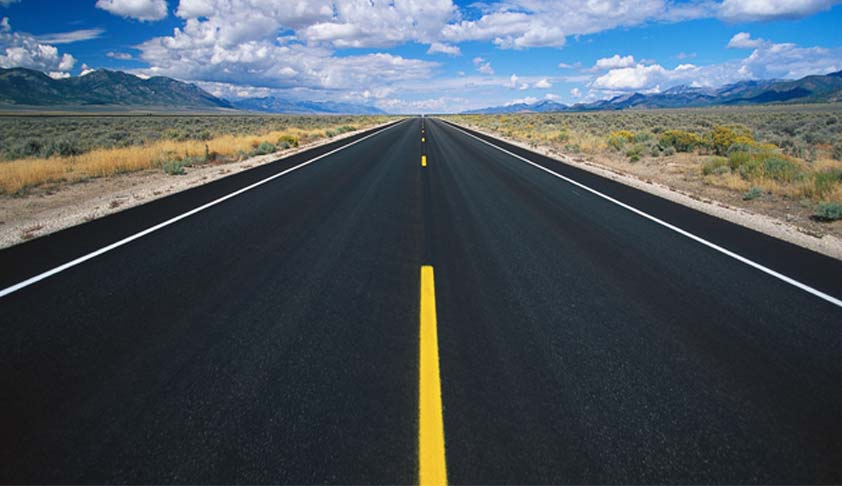The Head of the technical installations department, Yassine Ansir, of the Tiznit-Dakhla Highway project expressed that work on the highway is progressing rather steadily. He further added that the project was more than 80% complete.
The 200km long road will be the key link between southwestern town Tan-Tan and the city in Western Sahara, Laayoune. Yassine confirmed that the strengthening and widening of the road linking Laayoune to Dakhla had already been completed. The project was announced back in the year of 2015. The estimated completion time for the project was set at six years and was one of the flagship development projects in the entire region.
READ ALSO: Nairobi Eastern Bypass Highway Dualisation Project Begins
STEADY PROGRESS
To ensure consistent and positive progress, the previous Minister of Transport, Abdelkader Amara, emphasized to contractors, the importance of meeting project deadlines. He asserted that any company that failed to meet project deadlines would have their contracts terminated. However, the project’s progress has not been roses and sunshine every day. With the unfortunate global event of the COVID-19 pandemic occurring, as with every other project in the world, it experienced a few setbacks here and there. However, project everything is seemingly back on track as the finish line can be seen from a near distance.
The Tiznit-Dakhla highway extends over 1,000 kilometers and costs MAD 10 billion which roughly translates to US$1 billion. The highway is projected to significantly reduce the cost and time of transport for goods and people. The flow of traffic, comfort, and safety of the highway are also in the improvement plans. Important to note is that the Tiznit-Dakhla highway project aims to abide by international standards while ensuring the highest possible degree of safety as explained by the Moroccan government. The project’s supervisors have told the press that the highway is scheduled to be completed by this year. it is forecasted that the road will not only give way to greater access to Western Sahara but also to sub-Saharan Africa.
What we reported in January 2020
Construction of Tiznit-Dakhla highway in Morocco on track
Construction works on Tiznit-Dakhla highway, in Southern Morocco is on course. The country’s Minister of Transport, Abdelkader Amara affirmed the report and said the project will beat the 2021 deadline.
The road project was launched in 2015 by King Mohammed VI. Project works included enlargement of National Road N01, between Tiznit and Laayoune, and the expansion of the road between Laayoune and Dakhla, are launched,” reassured the minister.
Also Read:US $241m modernisation of Beitbridge Border Post to begin in February
The section linking Laayoune to Tarfaya
The section linking Laayoune to Tarfaya, over a length of 57 km, has reached an overall completion rate of 60%. The project, including the renovation of the northern and southern entrances to Tarfaya, has a budget of US $30m.
The section between Tarfaya and Oued El Waar on the other hand, covering 40 kilometers, has reached 35% completion. The works that started in October 2018 and are expected to last 24 months, with a budget of US $22m.
Upon completion, the highway will extend over 1,055 kilometers. Its overall project cost is US $1bn. It is expected to reduce the time and cost of transport, and improve traffic flow, service, comfort, and road safety through Western Sahara. It will also facilitate the transport of goods between the southern cities of Morocco and the major centers of production and distribution in central and northern Morocco.
The Kingdom of Morocco is planning investments of around US $25bn in road construction up to 2035. The Moroccan government has announced that more than 5,500 kilometres of new highways and expressways are to be constructed with the investment. Also 45,000 km of new rural roads will be constructed while more than 7,000 km of rural roads will be modernized.

